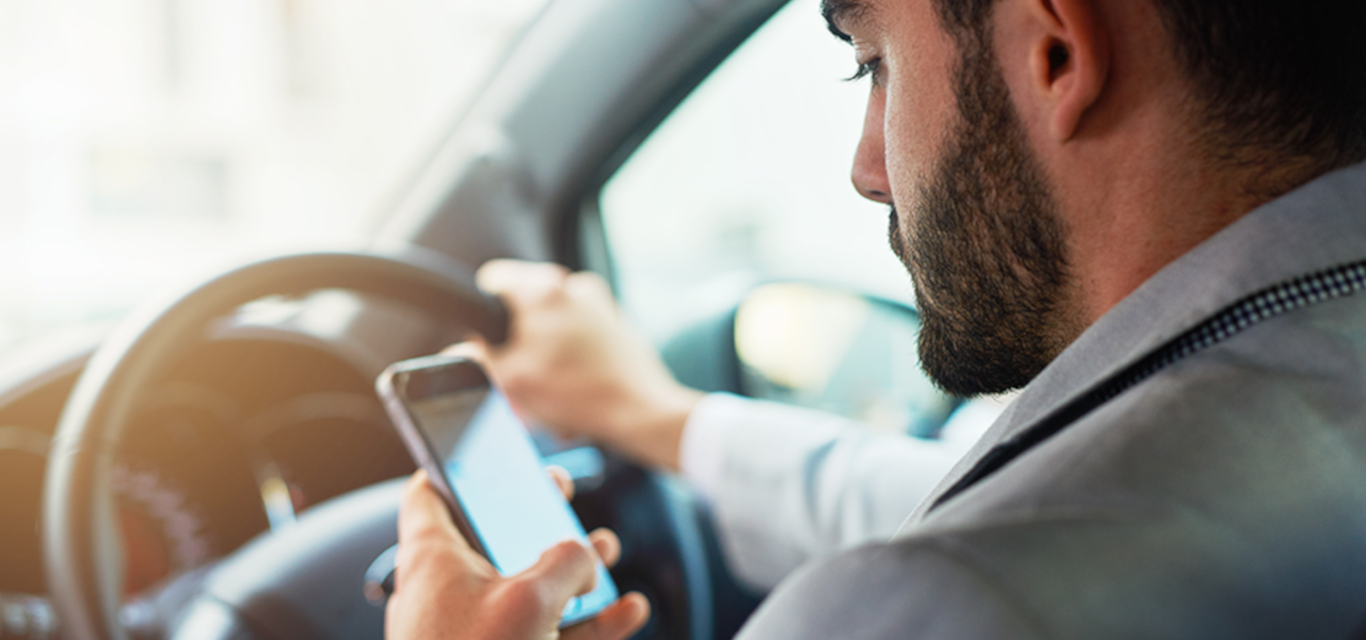Lets take a closer look at the first five top misunderstood road rules and how we can all work together to improve road safety.
Roundabouts
When approaching a roundabout, drivers must use their indicator to turn left or right or make a U-turn. They must give way to vehicles already on the roundabout, slow down, and stay in their lane.
Turning left, drivers should approach in the left lane and exit in the left lane. When going straight ahead, there’s no need to indicate.
When turning right, drivers should approach in the right lane and indicate right.
When making a U-turn, drivers should approach in the right lane and signal right. Drivers can change lanes in a roundabout but must indicate and give way. When exiting a roundabout, drivers should signal left and stop indicating once they’ve exited.
Giving way to pedestrians when turning
This is a rule that’s often ignored, and it can lead to serious accidents. Make sure to give way to any pedestrians who are crossing the road you're about to enter. This applies to both intersections with and without traffic lights.
It's not just up to drivers to keep everyone safe. Pedestrians should always be careful and check their surroundings before crossing the road.
Mobile phones
You can only use your mobile phone while driving if it's secured in a commercially manufactured and designed mounting that doesn't block your view of the road. OR, if you can use it without touching any part of the phone, like with Bluetooth or voice activation.
You can't have your phone resting on your leg, between your shoulder and ear, or anywhere else on your body. And don't even think about text messaging, video messaging, emailing, or anything like that while you're driving.
If your vehicle is parked in an authorised spot, you can use a hand-held mobile phone. But you can't use it while you're stopped at traffic lights. You can use the GPS and audio functions of your phone if it's in a fixed mounting.
The Tasmanian Government’s rolling out new enhanced enforcement cameras that can detect illegal mobile phone use.
Merging
When you're driving on a road and the number of lanes is reduced, you need to merge by giving way to the cars ahead of you. This is why it’s often referred to as a ‘zip merge’, with each car taking turns to merge.
If you're in a marked lane that's ending, and you need to move into the next lane, you need to give way to any cars already in that lane. Look out for broken painted lines, which indicate that the lane is ending.
Keeping left
On multi-lane roads where the speed limit is over 80km/h, it's against the law to drive in the right-hand lane except for some situations. These include overtaking, turning right or making a U-turn, avoiding an obstacle, driving in congested traffic, and driving in a special purpose lane. If there's a sign that says ‘Left Lane Must Turn Left’ or a left traffic arrow and the driver isn't turning left, they can use the right-hand lane. But if there's a ‘Keep Left Unless Overtaking’ sign, it applies no matter what the speed limit is.
